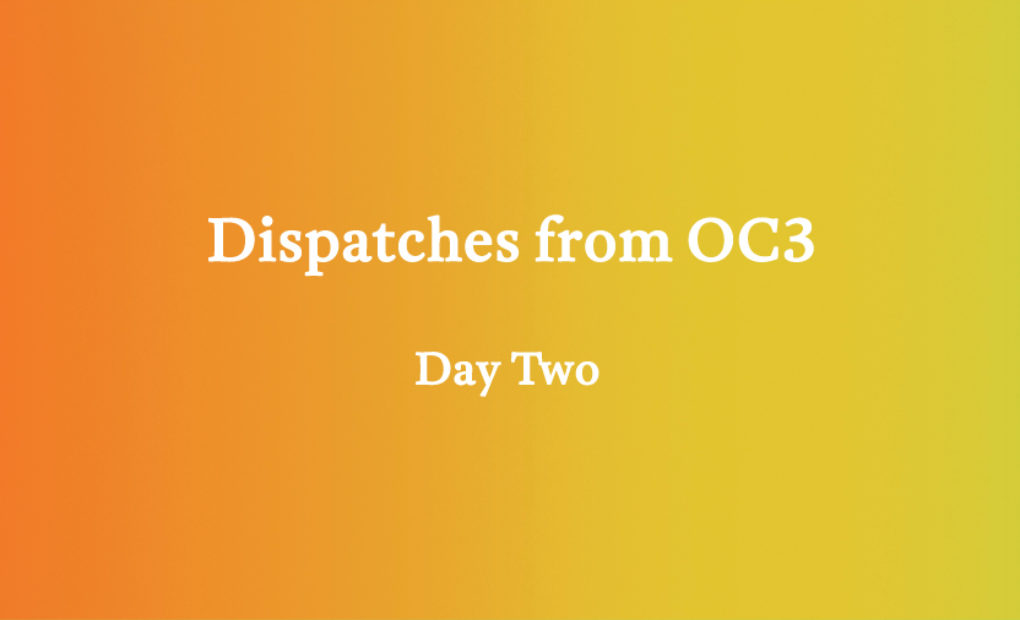
Oculus’s vision of the future – day two at OC3
Zuckerberg, wireless headsets and VR stats at OC3

Between the delayed Touch controllers, political gaffes with Palmer Luckey, problems shipping the Rift, and the Vive generally considered the better platform at the moment, Oculus had a lot to live up to for the OC3 keynote this year.
Right before the event, rumours were spreading around the conference, as they always do; would Oculus announce positional tracking for Gear VR? Would they give everyone free Touch controllers as a way of saying sorry for delays? Would Palmer be making an appearance? Sadly, none of these juicy rumours came true, much to the disappointment of the fans.
Mark Zuckerberg was much more front and centre in the keynote this year. In fact, it was quite Steve Jobs-esque the way he presented what Oculus is doing and his grand vision for VR. He opened the keynote with bold statements about VR as the future of computing and putting people first in VR experiences. The live demo he gave was really impressive. It contained a lot of really interesting ideas about how regular everyday people will interact in VR, and some far reaching but well thought out ideas about how avatars will be represented in VR.
He also announced a new piece of VR hardware based inside-out tracking or to put it simply, a wireless VR headset. This would bridge the gap between the tethered Oculus Rift and mobile powered Samsung Gear VR. He presented a demo video and for a moment in my excitement I honestly thought Oculus were about to announce a new headset, only to have it dashed moments later when he proclaimed they actually didn’t have a product which could do it…yet.
The most interesting part of the entire presentation came a bit later when Max Cohen, Head of Mobile was talking about user stats for Gear VR. As Gear has more than a million users, this is the clearest picture yet about what people actually like to do in VR, and it turns out that about 50% of the time in VR is spent playing interactive experiences, and the other 50% is watching passive experiences like 360° videos. I have been predicting this split in VR usage for quite some time, but it was really great to see it backed up. I think it is a big boost for 360° video creators who are usually talked down to by the interactive content producers in VR.
The rest of the keynote was dominated by the usual game trailers and high profile content partnerships with the likes of Disney. Standard stuff. The overall sentiment at the OC3 conference this year is that the keynote was pretty disappointing. Oculus had a lot to live up to, and they didn’t quite hit the mark this year.

Comments